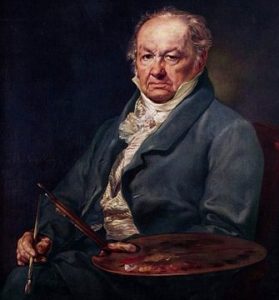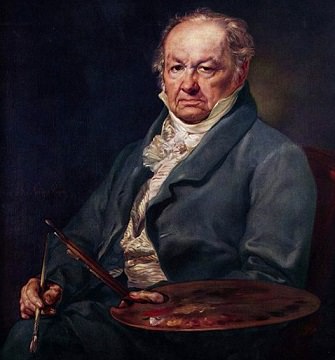 Francisco Goya is a Spanish painter whose work is renowned for its emotional intensity and psychological depth. Known as one of the most influential artists of his time, Goya’s paintings often explored themes of war, violence, and the human condition. His work is characterized by a mastery of light and shadow, as well as a keen understanding of human psychology.
Francisco Goya is a Spanish painter whose work is renowned for its emotional intensity and psychological depth. Known as one of the most influential artists of his time, Goya’s paintings often explored themes of war, violence, and the human condition. His work is characterized by a mastery of light and shadow, as well as a keen understanding of human psychology.
Early Years and Career
Born in Zaragoza, Spain, in 1746, Goya began his career as an apprentice to a painter. He later moved to Italy to study the works of the Old Masters. Upon his return to Spain, Goya became a successful court painter, creating portraits of the royal family and Spanish nobility.
The Black Paintings
Goya’s most famous works are the “Black Paintings,” a series of murals painted on the walls of his villa near Madrid. These dark and haunting works depict scenes of violence, suffering, and despair. The “Black Paintings” are often interpreted as a reflection of Goya’s personal experiences, including his deafness and the turmoil of Spanish society during the Napoleonic Wars.
Notable Black Paintings include:
- “Saturn Devouring His Son”: This disturbing image depicts the Greek myth of Cronus, who fears being overthrown by his children and therefore devours them as soon as they are born.
- “The Witches’ Sabbath”: This painting features a group of witches gathered around a cauldron, presided over by a demonic figure.
- “The Burial”: This somber work depicts a group of mourners carrying a coffin through a desolate landscape.
Goya’s Legacy
Goya’s work had a profound influence on subsequent generations of artists. His exploration of dark themes and his ability to capture the emotional intensity of human experience continue to inspire and challenge viewers today. Goya’s paintings are considered masterpieces of Spanish art and are celebrated for their beauty, complexity, and psychological depth.


Recent Comments